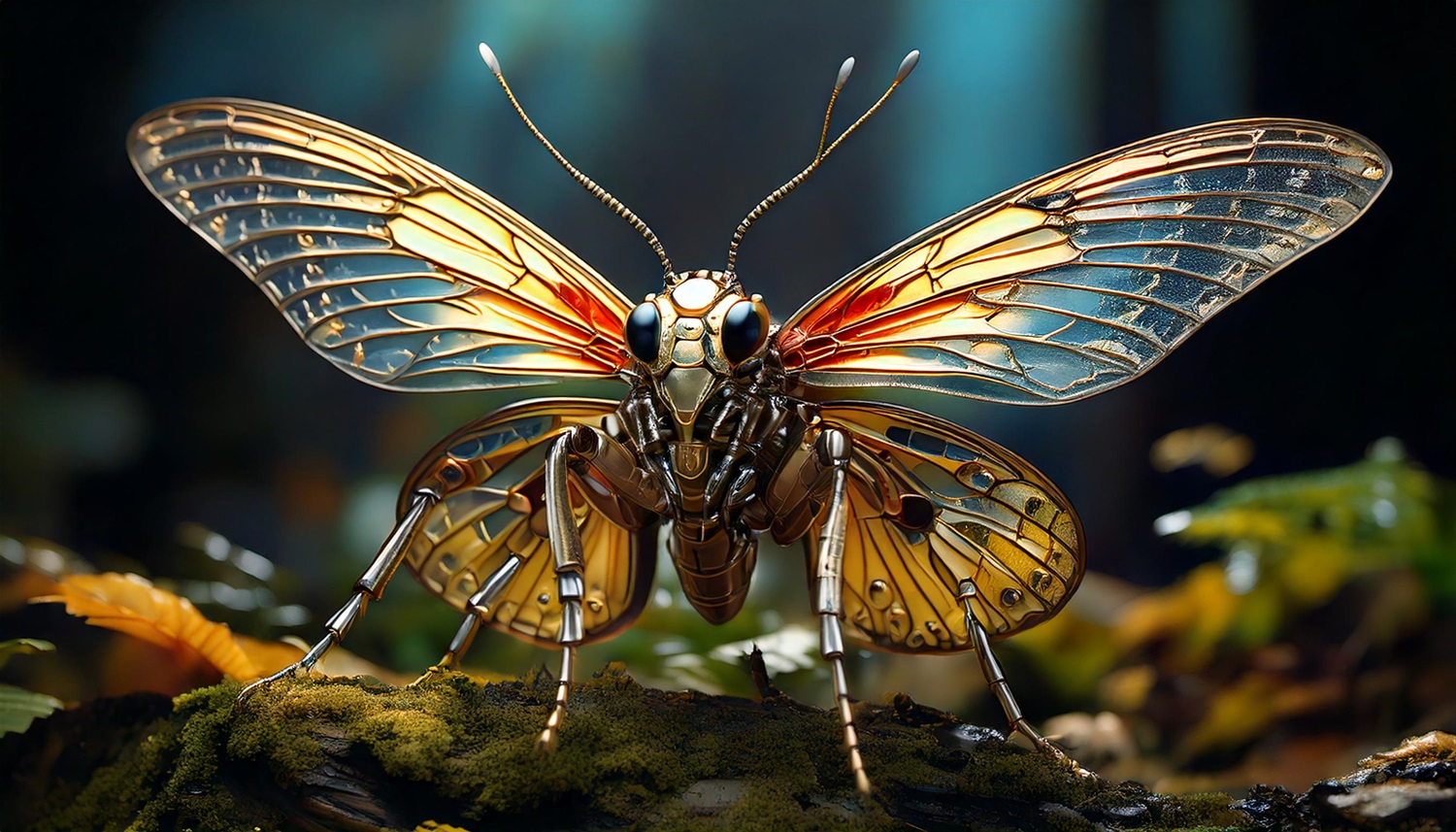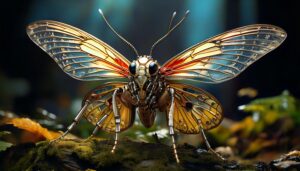
Buzzing Into the Future: MIT’s Robotic Insect Set to Revolutionize Pollination
Feb 15, 2025

Imagine a tiny robotic insect, weighing less than a paperclip, buzzing through the air with the agility of a natural pollinator—but with a twist. In a groundbreaking development, MIT researchers have unveiled a new design for a bug-sized aerial robot that can fly 100 times longer than previous versions. This isn’t just a marvel of miniaturized engineering; it’s a glimpse into a future where AI-driven robotics could transform agriculture and beyond.
The Next-Generation Robotic Bee
Drawing inspiration from the precision and endurance of real bees, the MIT team reimagined their robotic insect. Previous designs struggled with wing interference—four units with two wings each meant that the airflow was a bit of a mess. The revamped design now splits the insect into four streamlined units, each boasting a single, flapping wing that points outward. This clever arrangement not only stabilizes flight but also supercharges lift forces, allowing for acrobatic maneuvers like double aerial flips and body rolls.
Flight That Defies Expectations
What sets this robotic insect apart is its impressive flight endurance. The new design can hover for over 1,000 seconds—nearly 17 minutes of sustained, precise flight! During tests, the robot demonstrated an average speed of 35 centimeters per second, with the precision to trace intricate paths, even spelling out “M-I-T” in mid-air. Such feats were achieved by reducing mechanical stress on the wing flexures and enhancing control torque by threefold, thanks to sophisticated transmission systems that connect its artificial muscles to its wings.
Tiny Muscles, Big Impact
At the heart of this innovation are the robot’s artificial muscles—tiny, soft actuators made from layers of elastomer and carbon nanotube electrodes, rolled into a compact cylinder. These muscles generate rapid compression and elongation, powering the flapping motion. In previous models, high-frequency movements would lead to buckling, limiting performance. Now, with improved transmission and a longer wing hinge crafted through a meticulous multistep laser-cutting process, the robot can deliver more force with less strain, pushing the boundaries of what miniature robotics can do.
A Vision for the Future
The implications of this research stretch far beyond laboratory demonstrations. With further integration of sensors, batteries, and onboard computing, these agile robotic insects could soon venture outside the lab. Imagine fleets of these bots swarming across multilevel warehouses or sprawling greenhouses, performing precision pollination to boost crop yields while reducing the environmental footprint of traditional agriculture. In an era where pollinator populations are in decline, mechanical pollination might not just be a backup plan—it could be a cornerstone of sustainable farming.
Moreover, the fusion of AI with such advanced robotics promises even more exciting possibilities. Enhanced with machine learning algorithms, these tiny flyers could autonomously navigate complex environments, adapting their flight paths in real time, much like their natural counterparts. The integration of AI not only opens the door for more efficient pollination but could also pave the way for innovations in search and rescue, environmental monitoring, and beyond.
From Lab to Life—and Into Your Hands
Kevin Chen, associate professor at MIT’s EECS and leader of the Soft and Micro Robotics Laboratory, sums it up perfectly: “This new robot platform is a major result from our group and leads to many exciting directions.” As the researchers set their sights on achieving even longer flight durations and more precise landings—perhaps even touching down on a flower’s center—one thing is clear: the intersection of AI, robotics, and nature-inspired design is set to redefine what we thought was possible.
Interestingly, the tools and knowledge once reserved for high-tech labs are now accessible to a broader audience. For students aged 5 to 18, Camp Integem offers an engaging environment to learn about AI robotics and even explore AI space drones through hands-on projects. Here, young innovators can build and experiment with their own miniature robots, sparking a passion for technology and opening doors to future possibilities.
Stay tuned as these mechanical marvels continue to evolve, offering a buzz of hope for the future of agriculture and the endless applications of AI-powered robotics. The age of robotic pollinators is just beginning, and it promises to be nothing short of revolutionary.

